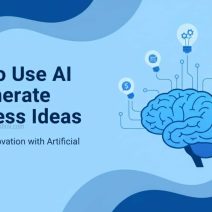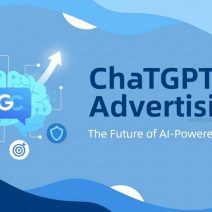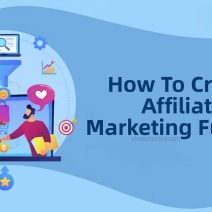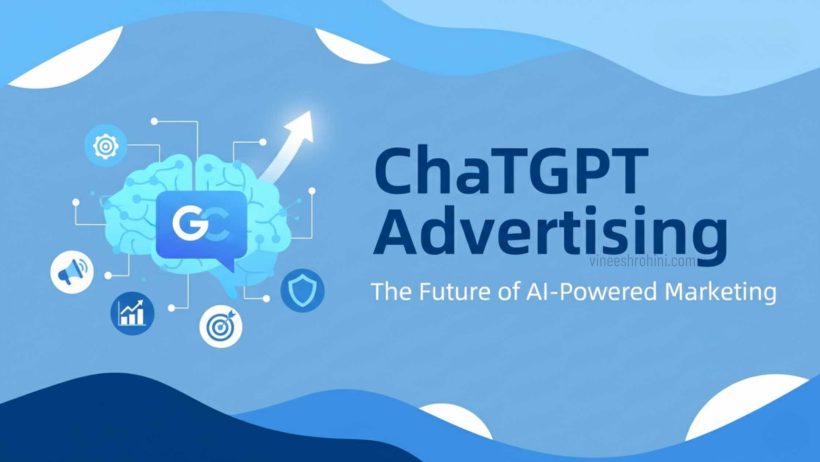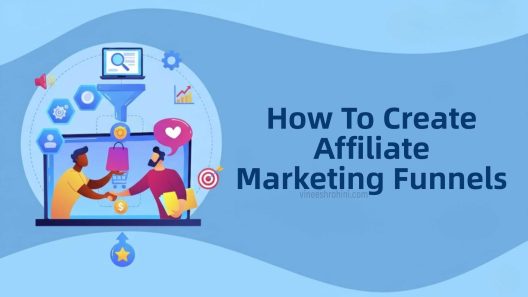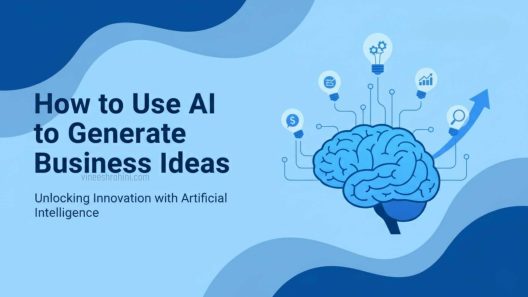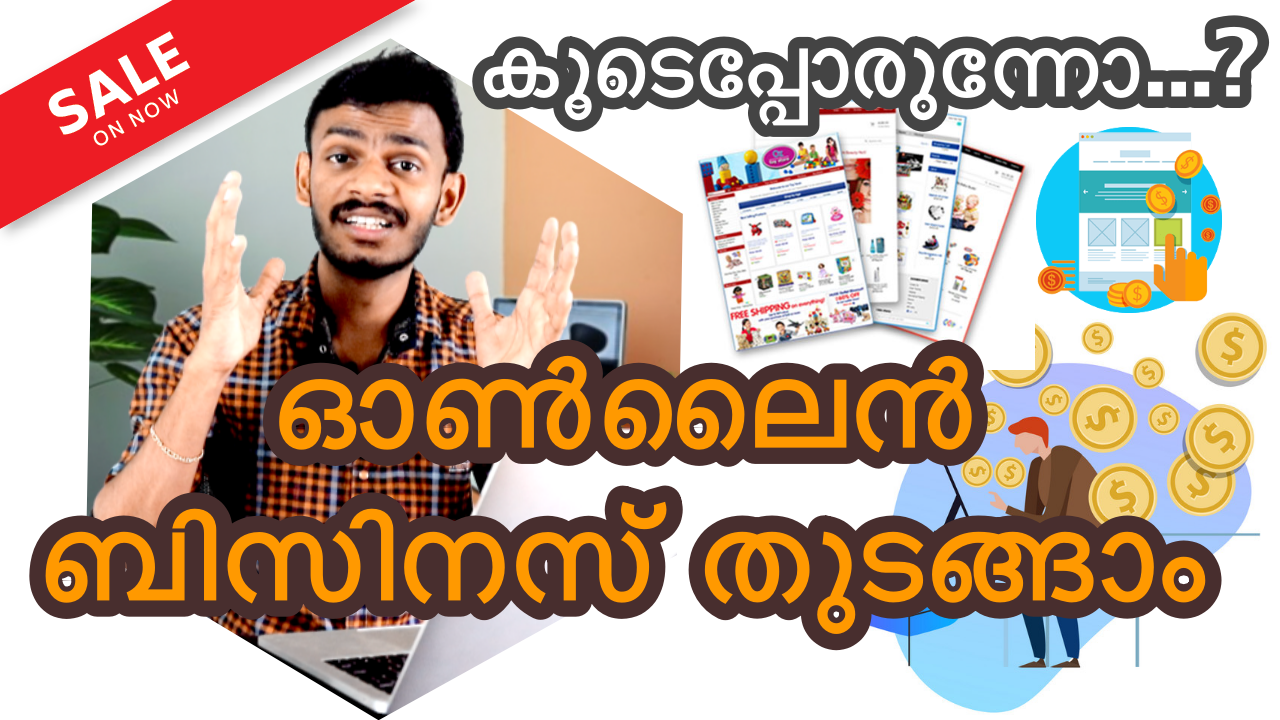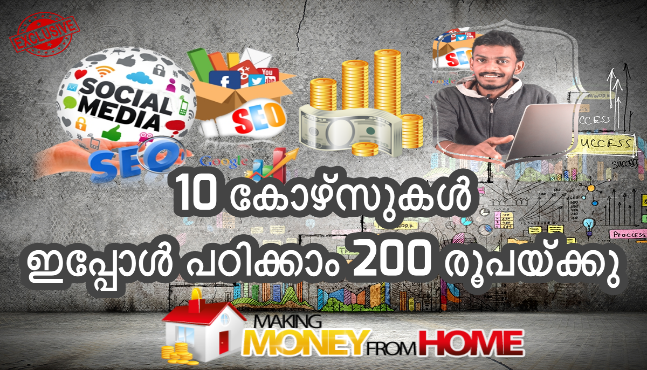ChatGPT Advertising : Artificial Intelligence (AI) has transformed nearly every sector, and marketing is no exception. As businesses evolve in the digital era, AI-powered tools are redefining how brands connect with their audiences. One of the most powerful tools leading this revolution is ChatGPT, an advanced AI model developed to understand, generate, and respond to human language naturally. In 2025, ChatGPT Advertising is not just a buzzword—it’s a major innovation shaping the future of content creation, customer engagement, and digital advertising.
Table of Contents
This comprehensive guide explores what ChatGPT advertising is, how it works, its benefits, and how businesses can use it to enhance marketing strategies, boost conversions, and create stronger customer relationships.
Understanding ChatGPT Advertising
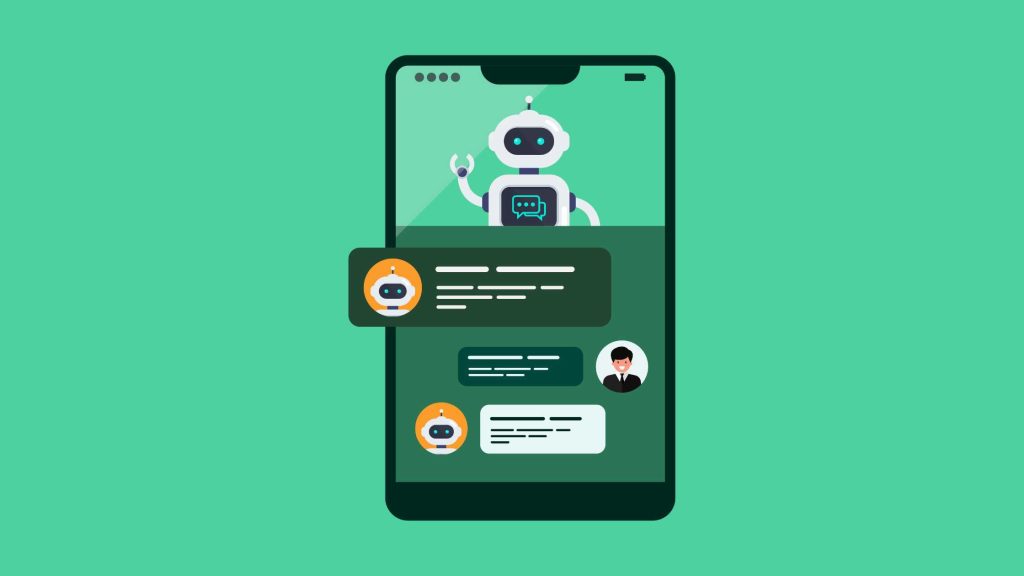
At its core, ChatGPT Advertising refers to the use of AI-driven conversational models like ChatGPT for creating, optimizing, and managing advertising campaigns. It uses natural language processing (NLP) and machine learning to understand audience behavior, generate ad copies, suggest targeting strategies, and even interact with customers in real time. Businesses are now integrating ChatGPT into their marketing ecosystems—from ad ideation to performance analytics—to enhance efficiency and creativity.
Unlike traditional advertising, which relies heavily on manual research, copywriting, and testing, ChatGPT can analyze large datasets instantly to create data-backed ad strategies. This means marketers can now run personalized, audience-driven campaigns with minimal time investment and maximum precision.
The Evolution of AI in Advertising
AI in advertising is not a new concept. Over the years, machine learning tools have helped marketers automate bidding, segment audiences, and personalize content. However, ChatGPT marks a new era. It doesn’t just automate tasks—it understands human tone, emotion, and intent.
In 2025, most digital marketing agencies are leveraging AI-driven systems like ChatGPT to create intelligent ad campaigns that feel more human than ever. These systems can suggest powerful ad headlines, engaging social media posts, and even long-form sales copy that resonates deeply with audiences.
Also Read : The Future of Influencer Marketing with AI : Comprehensive Guide 2025
By integrating ChatGPT into advertising workflows, brands are achieving better engagement rates, higher click-through rates (CTR), and improved return on ad spend (ROAS).
How ChatGPT Advertising Works
ChatGPT Advertising operates through a combination of language modeling, contextual understanding, and predictive analytics. Here’s a simplified breakdown of the process:
- Data Input and Training: ChatGPT uses a massive dataset of text and language patterns to understand how people communicate, what engages them, and how tone and context affect decision-making.
- Content Generation: When a marketer provides a prompt (e.g., “Write a G ad for eco-friendly shoes”), ChatGPT generates multiple creative variations of ad copy tailored for different demographics.
- Optimization: ChatGPT analyzes performance data and refines ad content to improve engagement and conversion rates over time.
- Automation: Using API integrations, ChatGPT can automate posting, A/B testing, and audience engagement through chatbots and AI assistants.
The result is a smarter advertising process that saves time, reduces costs, and increases creativity—all while ensuring brand consistency.
Benefits of ChatGPT Advertising
1. Enhanced Creativity
ChatGPT can generate fresh, original ad ideas within seconds. Whether it’s a catchy slogan, a persuasive sales script, or a storytelling campaign, ChatGPT helps marketers think outside the box and stand out in competitive markets.
2. Time Efficiency
Traditional ad creation takes days or even weeks, but ChatGPT can generate multiple high-quality ad variations in minutes. This allows marketers to focus on strategy while the AI handles execution.
3. Cost Reduction
Hiring large teams for copywriting, research, and customer support can be expensive. ChatGPT helps reduce these costs by automating repetitive and creative tasks without compromising quality.
4. Personalization at Scale
One of the most powerful aspects of ChatGPT advertising is its ability to personalize ads for different audience segments. By analyzing user data, preferences, and behaviors, ChatGPT can craft customized messages that resonate individually with users.
5. Real-Time Interaction
With conversational chatbots powered by ChatGPT, brands can engage with customers 24/7. These bots can answer questions, recommend products, and drive conversions—turning visitors into paying customers.
6. Data-Driven Insights
ChatGPT can analyze campaign performance metrics, track customer sentiment, and suggest real-time improvements, making campaigns smarter and more adaptive over time.
How Businesses Can Use ChatGPT Advertising in 2025
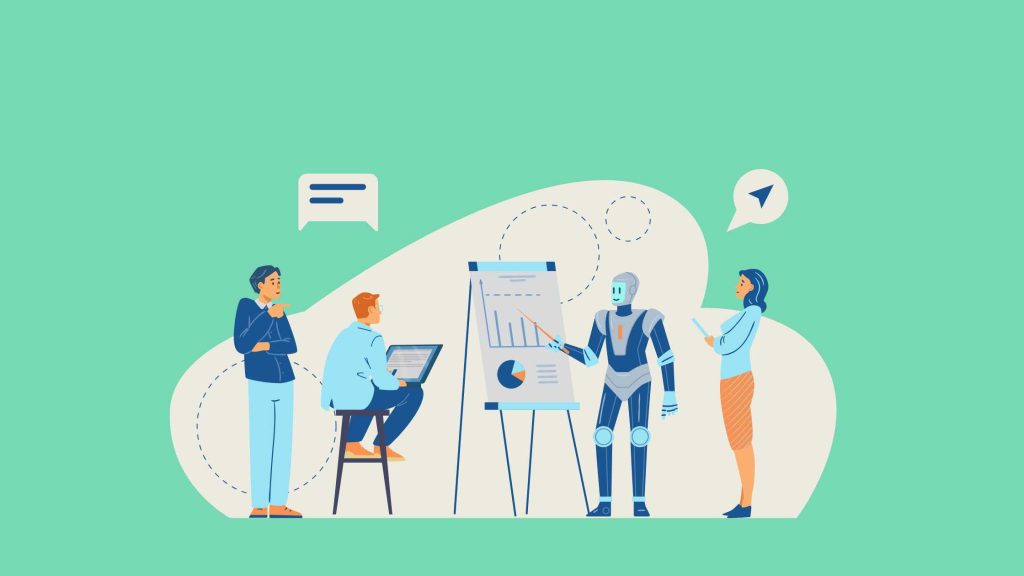
1. Social Media Advertising
Platforms like FB, Insta, and LinkedIn rely heavily on compelling ad copy. ChatGPT can craft engaging social media posts and captions tailored to specific audiences, trends, and emotions—improving both engagement and conversions.
2. G and PPC Campaigns
Pay-per-click (PPC) campaigns thrive on strong ad text and keyword optimization. ChatGPT can generate multiple ad versions, recommend high-performing keywords, and even write meta descriptions that improve ad visibility.
3. Email Marketing
AI-powered email sequences created by ChatGPT can enhance open and click rates. From subject lines to personalized content, ChatGPT ensures every email aligns with customer needs and purchasing intent.
4. E-commerce Product Descriptions
Online stores can use ChatGPT to write high-converting product descriptions that emphasize benefits, emotional triggers, and unique selling points—driving more sales and reducing bounce rates.
5. Customer Support and Engagement
Integrating ChatGPT into customer service systems allows for automated yet empathetic conversations. Chatbots can resolve queries, handle complaints, and recommend upsells—creating a seamless shopping experience.
6. Influencer and Content Marketing
ChatGPT assists in identifying suitable influencers, drafting outreach emails, and even scripting influencer content, streamlining the entire collaboration process.
7. Brand Storytelling
Building a brand story that connects emotionally with the audience is essential in 2025. ChatGPT can help craft compelling narratives that build brand loyalty and recall value.
Challenges of ChatGPT Advertising
While ChatGPT brings numerous advantages, it’s not without challenges.
- Dependence on Data Accuracy: AI-generated content relies heavily on quality input. Poor data can lead to ineffective ad campaigns.
- Lack of Human Emotion in Certain Contexts: Though ChatGPT mimics human tone well, it may sometimes miss emotional nuances.
- Ethical Concerns: Over-reliance on AI for communication raises questions about authenticity and transparency.
- Compliance and Regulation: As AI advertising expands, new regulations regarding data privacy and AI-generated content are emerging, requiring careful navigation.
Buy Now : ChatGPT Money Making Machine
Despite these challenges, with proper human oversight, ChatGPT advertising remains one of the most effective ways to scale marketing efforts.
Future of ChatGPT Advertising in 2025 and Beyond
The future of advertising lies in AI-human collaboration. ChatGPT will not replace marketers but will empower them to create smarter, more personalized campaigns faster.
Some of the emerging trends in 2025 include:
- Voice-Powered Ads: ChatGPT’s conversational capabilities will extend into voice assistants, allowing users to engage with brands through voice commands.
- AI-Generated Video Scripts: Advertisers can use ChatGPT to write dynamic video ad scripts in seconds.
- Predictive Targeting: ChatGPT will use real-time analytics to predict audience intent and suggest ad placements automatically.
- Cross-Platform Integration: Businesses will connect ChatGPT directly with social media and CRM systems for seamless campaign management.
As brands continue to explore AI-driven marketing, those that adopt ChatGPT early will have a significant competitive advantage in audience reach, conversion, and brand loyalty.
How to Get Started with ChatGPT Advertising
- Define Your Marketing Goals: Determine whether your focus is on lead generation, brand awareness, or direct sales.
- Train ChatGPT with Your Brand Voice: Customize prompts and tone to reflect your brand identity.
- Experiment with Ad Types: Use ChatGPT to create text, display, and video ad copies.
- Integrate with Marketing Platforms: Connect ChatGPT with your ad management tools for automation.
- Test and Optimize: Continuously test different ad versions and refine based on performance data.
Conclusion
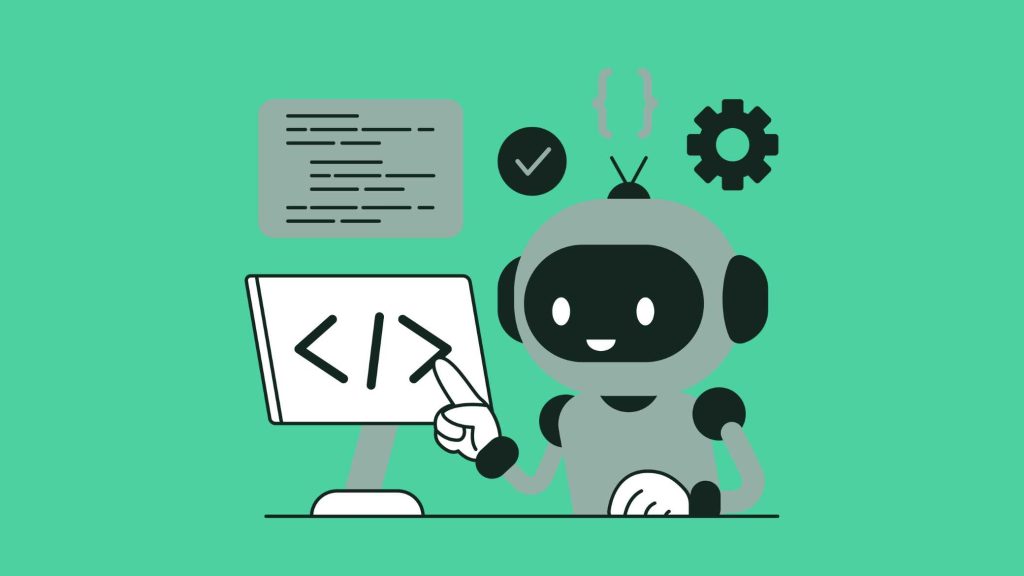
ChatGPT Advertising is redefining the future of digital marketing in 2025. Its ability to combine human-like creativity with data-driven precision makes it one of the most transformative tools for modern businesses. By leveraging AI-powered ad creation, personalization, and customer engagement, entrepreneurs and marketers can achieve exceptional growth while saving time and resources.
Buy Now : ChatGPT Money Making Machine
In the coming years, brands that embrace ChatGPT advertising will not only outpace competitors but also establish stronger, more authentic relationships with their audiences. As AI continues to evolve, the line between human creativity and machine intelligence will blur—unlocking a new era of smart, conversational, and impactful marketing.
Disclaimer : This article is intended for informational purposes only. The information provided about ChatGPT advertising, its uses, and advantages should not be considered as financial or professional advice.
